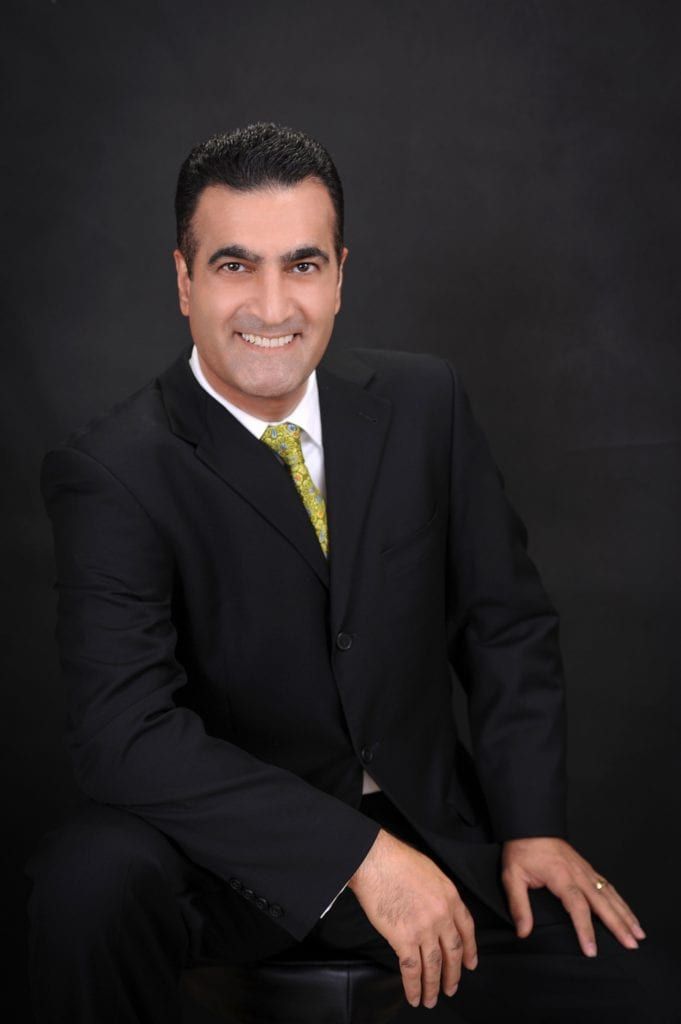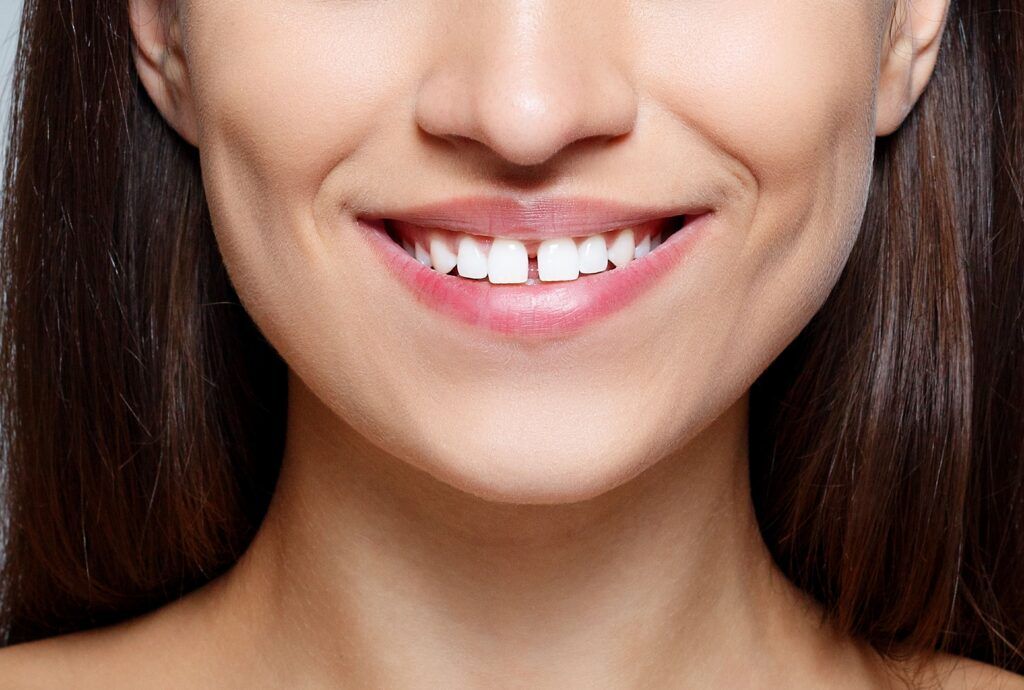A smile can light up a room, and your teeth play a crucial role in making your smile sparkle. However, gaps between the teeth, medically termed as diastemas, can be a source of self-consciousness for many. These spaces can appear between any two teeth and vary in size, but they are most noticeable and common between the front upper teeth. The good news is, with the advancements in cosmetic dentistry, you have several effective options to eliminate gaps and achieve a seamless smile. Let’s dive into the world of cosmetic dental solutions that can help you say goodbye to tooth gaps forever.
Understanding the Cause of Tooth Gaps
Before diving into solutions, it’s important to understand what causes gaps between the teeth. Gaps between teeth, which are referred to as diastemas, can be caused by several factors, including genetic and environmental influences. Here are some common causes of gaps between teeth:
Genetic Factors:
- Jawbone-to-Teeth Size Ratio: Some people may have teeth that are too small for their jawbone, which can cause spacing issues.
- Natural Development: Teeth might erupt into the mouth with spaces between them naturally, based on the genetic coding of an individual’s dental anatomy.
Growth Patterns:
- Labial Frenum: The labial frenum is the piece of tissue that extends from the inside of your upper lip to the gum just above your upper front teeth. A large labial frenum can create a gap by preventing the teeth from closing together fully.

Habits:
- Thumb Sucking: Prolonged thumb sucking in childhood can pull the front teeth forward, creating gaps.
- Tongue Thrust: Some individuals have a swallowing reflex that presses the tongue against the front teeth, termed a tongue thrust, which can push teeth forward over time and cause gaps.
Tooth Loss or Tooth Size:
- Missing Teeth: Missing teeth due to extractions or congenital absence can leave space that neighboring teeth drift into.
- Mismatched Tooth and Arch Size: Variations in tooth size or arch size can cause spacing. For example, if a person’s adult teeth are too small for the jaw bone, gaps could form between teeth.
- Undersized Teeth: This is particularly common with the upper lateral incisors (the teeth next to the two upper front teeth), which can be smaller and create gaps on either side.
Periodontal Disease:
- Bone Loss: Advanced gum disease can lead to bone loss around the teeth, which can cause teeth to become loose and create gaps.
Trauma or Instability:
- Injury: Traumatic injuries might move teeth apart if there is damage to the supporting bone.
- Instability Post Orthodontic Treatment: Sometimes, after braces are removed, teeth may shift slightly, leading to gaps if retainers are not used as directed post-treatment.
Understanding the specific cause of dental gaps is important for determining the most effective treatment. In some cases, gaps add character to a person’s smile and pose no risk to dental health. However, if they are a cosmetic concern or cause dental health issues, various treatments are available to close the gaps or to stabilize the teeth’s position.
Cosmetic Dental Solutions for Gaps
Dental Bonding
For minor gaps, dental bonding is a quick and cost-effective option. Dental bonding is also sometimes referred to as cosmetic bonding or composite bonding. The procedure involves applying a tooth-colored resin material (dental composite) to the teeth, which is then shaped and hardened with a special light. This material bonds with the teeth and can be polished and blended to match the surrounding tooth structures, instantly closing small gaps. Dental bonding works well for closing small gaps, however it is not usually recommended for larger gaps.
Porcelain Veneers

Porcelain veneers are another popular option for closing gaps. Veneers are thin, custom-made shells crafted of tooth-colored materials designed to cover the front side of teeth. They can transform the appearance of your smile by altering the color, shape, size, or length of teeth. They are especially suitable for larger gaps and provide a more permanent solution. Veneers are extremely popular because they can address a range of cosmetic problems with a single treatment.
Orthodontics
Orthodontic treatments like braces or clear aligners are ideal for correcting gaps caused by alignment issues. Traditional braces use brackets connected by wires to gradually move teeth into the desired position. Clear aligners, like Invisalign, are a more discreet option, using a series of custom-made, clear trays to shift teeth over time. Orthodontic treatment provides a permament way to properly align the teeth and close gaps between the teeth.
Dental Implants
When gaps are due to missing teeth, dental implants serve as a durable and effective replacement. An implant is a titanium post that is surgically placed into the jawbone beneath the gum line, allowing your dentist to mount a replacement tooth onto them. Dental implants can also anchor bridges and dentures for a more secure and gap-free smile.
Dental Bridges
Dental bridges are another option to fill gaps left by missing teeth. A dental bridge literally bridges the gap where teeth are missing. The bridge is made up of two or more crowns for the teeth on either side of the gap and a false tooth/tooth in between. This is an excellent option for patients who want a fixed solution but may not be candidates for implants.
Maintaining Your Gap-Free Smile
Post-treatment, it’s essential to maintain a consistent oral hygiene routine to keep your teeth healthy. Regular brushing and flossing, along with professional dental cleanings and checkups, are vital. Avoiding habits like biting nails, chewing pens, or opening things with your teeth will also help maintain your cosmetic dental work. Remember, while your gaps may have been closed, the teeth are still susceptible to decay and other issues if not cared for properly.
Conclusion
Whether it’s through bonding, veneers, orthodontics, implants, or bridges, the path to a gap-free smile is shorter than ever before. With the help of a skilled cosmetic dentist, a tailored treatment plan can give you the seamless smile you’ve always wanted. If you’re ready to take the next step towards eliminating gaps between your teeth, schedule a consultation with Dr. Sadati to explore your options.

Dr. Sadati possesses extensive experience in all aspects of advanced restorative dentistry, with an emphasis in cosmetic and implant dentistry. He has attained Accredited Fellow status in the American Academy of Cosmetic Dentistry (AACD), the most rigorous, demanding credentialing process in the world. He is the only AACD Accredited Fellow in South Florida.


